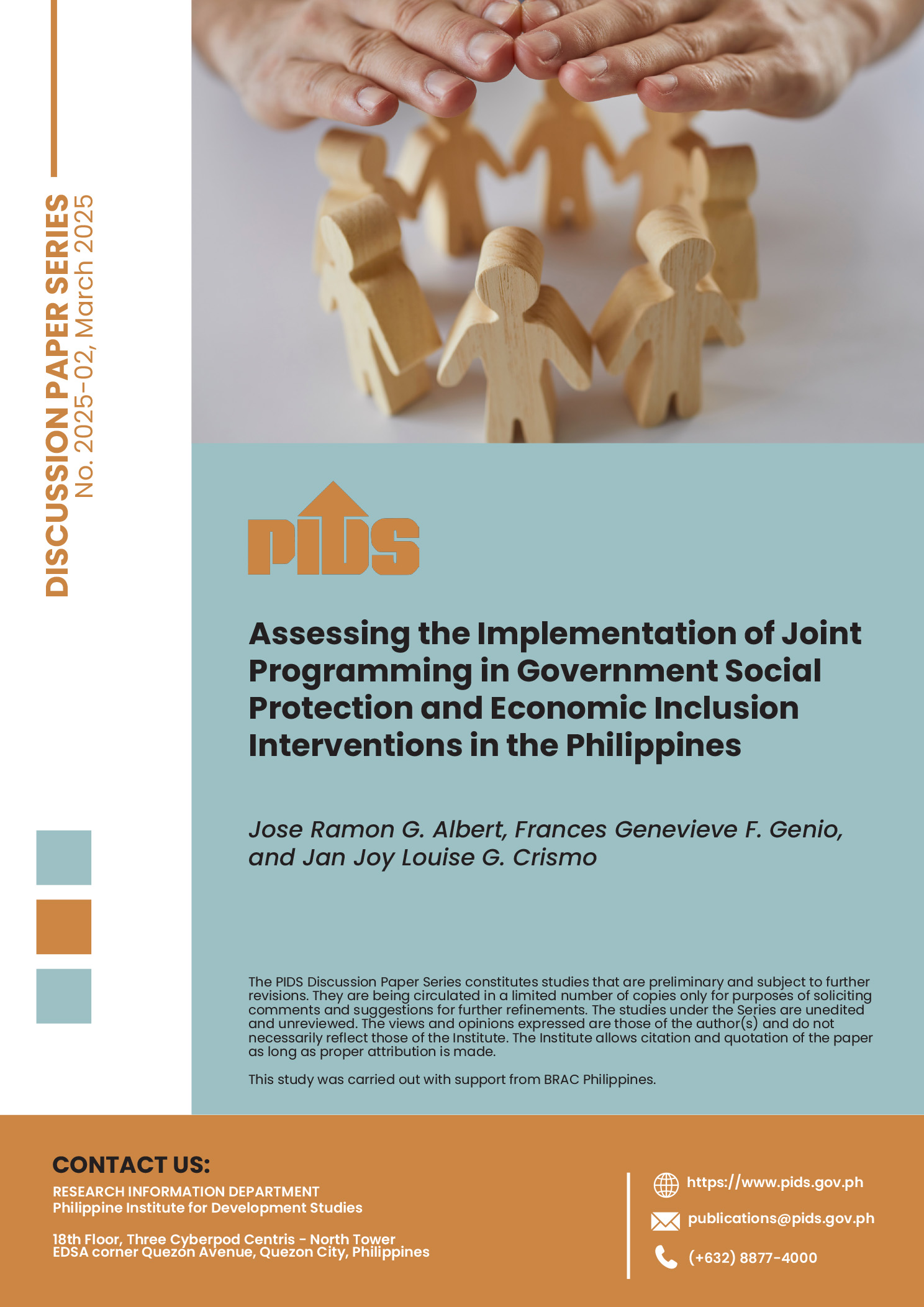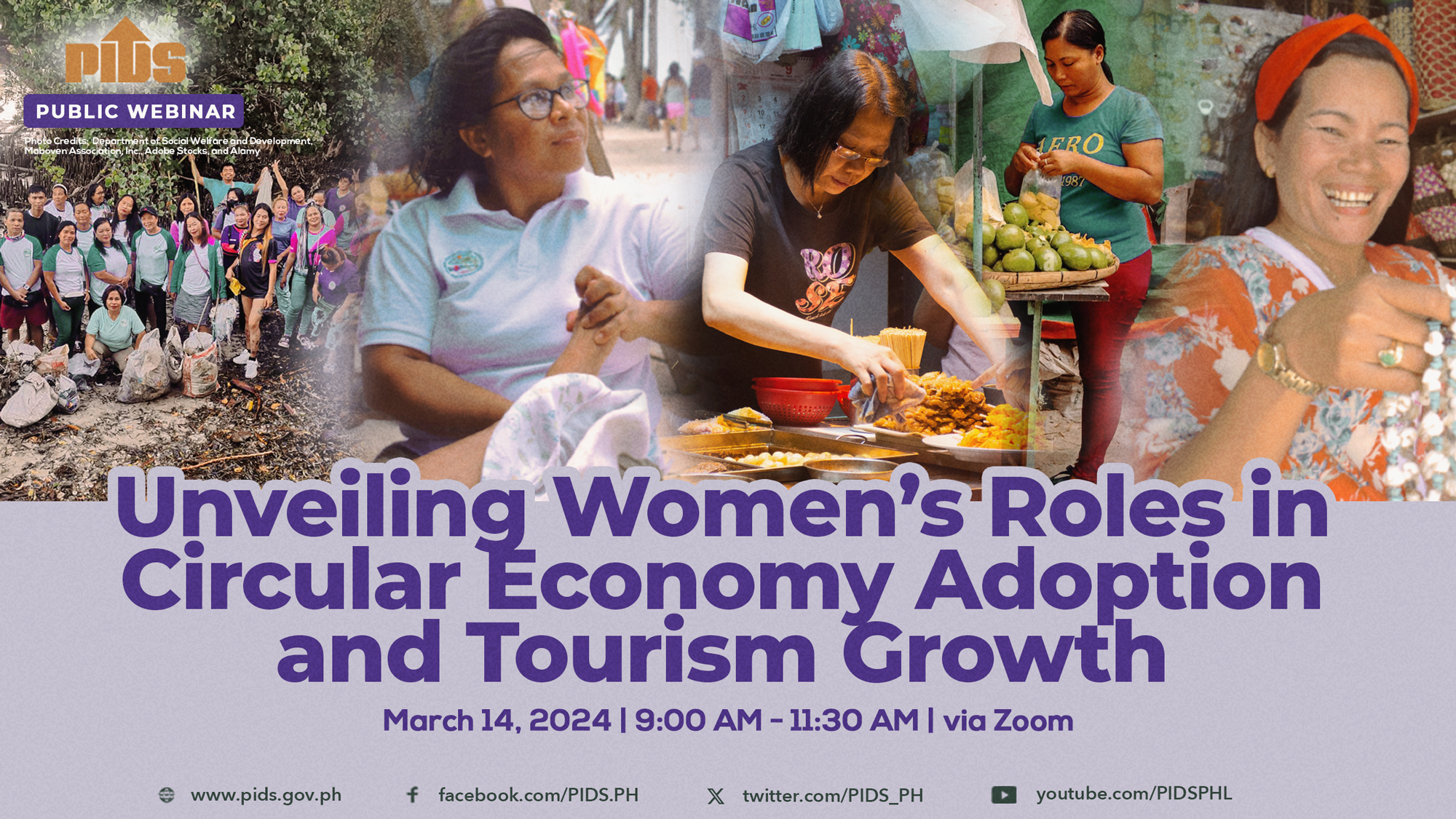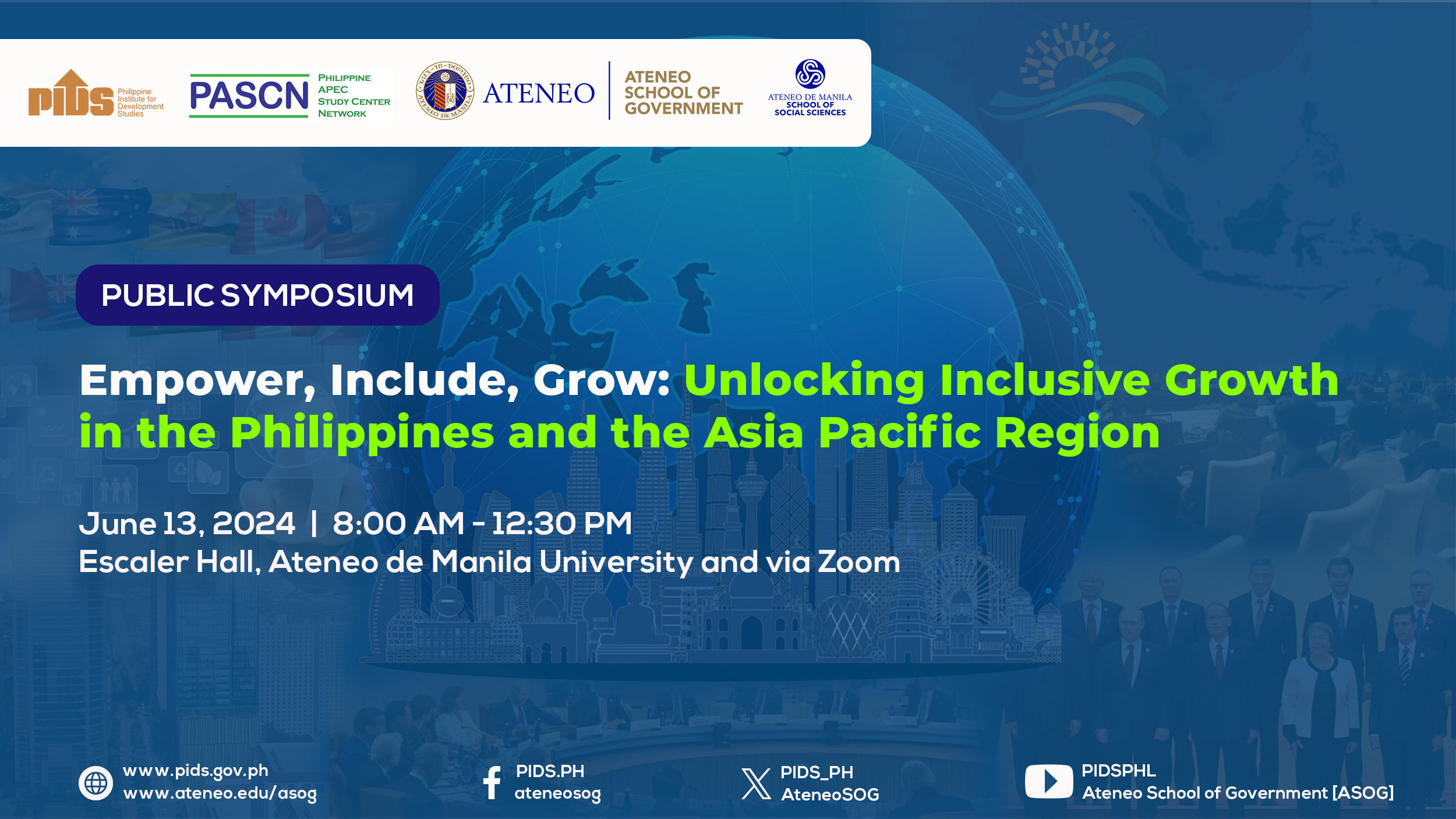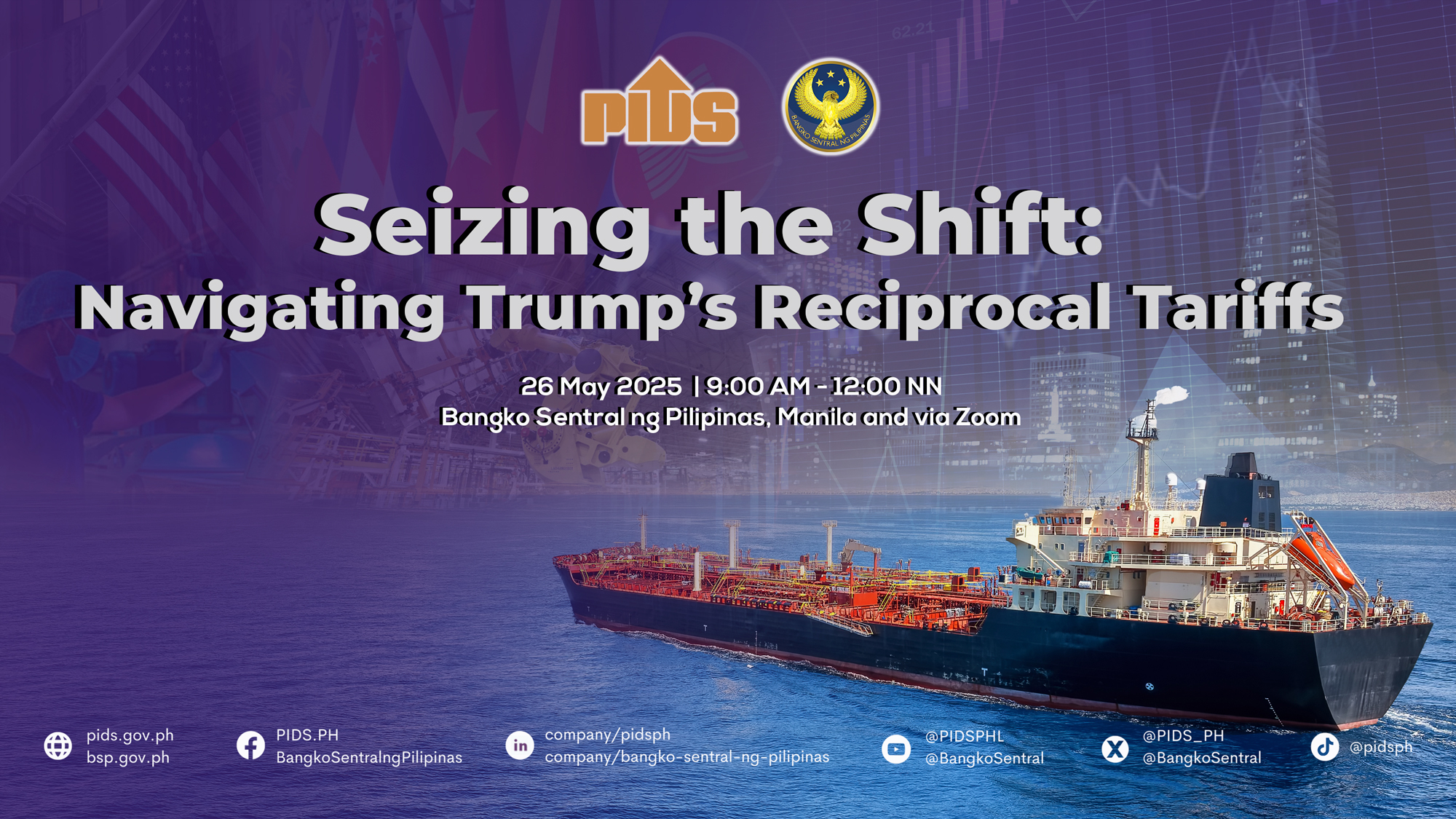MANILA - The Philippines has to attract more foreign direct investments (FDIs) to achieve shared growth for all Filipinos, according to the chairman of the country's largest telecom company.
"The main reason . . . the inclusive growth is not inclusive as it should be is [that] we are mainly a consumption-driven economy, and it is time to switch that to an investment-driven economy. That is why FDIs are very important," Manuel V. Pangilinan of Philippine Long Distance Telephone Co (PLDT) told participants of a World Economic Forum (WEF) session on the Philippines' prospects.
"To promote inclusive growth we need to give emphasis to agriculture and services sector like tourism," Pangilinan said.
Consumer spending accounts for two-thirds of the country’s gross domestic product (GDP), fueled by the inflows of remittances from 10 million Filipinos working overseas. PLDT has largely benefited from the country's strong consumer spending, as mobile phone ownership is deemed a necessity.
Socioeconomic Planning Secretary Arsenio Balisacan had said there is a need for increased investments from the private sector to generate high-quality and remunerative employment, which is vital in achieving rapid poverty reduction.
"Investing in manufacturing, tourism, information technology-business process management (IT-BPM), construction, logistics, and agribusiness can provide remunerative jobs for a great number of the poor,” he said.
Data from the Philippine Institute for Development Studies (PIDS) show that the country's investment-to-GDP ratio stood at 19.7 percent in 2012, slightly higher than the 19.1 percent in 2011.
In contrast, Indonesia's investment rate stood at 33 percent in 2011, while that of Thailand and Malaysia at 27 percent and 24 percent, respectively.
Under the Philippine Development Plan 2011 to 2016, the Aquino administration is aiming for a 22 percent investment rate by 2016.
The Philippine economy last year grew by 7.2 percent, up from 6.8 percent in 2012. Despite the record expansion, unemployment barely budged at seven percent, whereas poverty incidence eased only slightly to 27.9 percent last year from 29.7 percent in 2012.
The National Economic and Development Authority (NEDA) said it would take 15 years of solid economic growth coupled with target anti-poverty measures to bring down the number of poor Filipinos.
WEF IN MANILA | Want to lick poverty? Time to shift to investment-driven growth, says MVP












